As senior Lindsey Dykes approaches graduation, she says she feels like she is relying on her older sister more than ever to help manage her stress and as a confidant for all her feelings. One thing they enjoy doing together when they take breaks from stressing over school and college decisions is to watch movies and TV shows together. Recently, they watched “Little Women” and the relationship between the sisters resonated with Dykes as she compared her own relationship with her sister to the one on screen.
“The relationship those girls have, I think is accurate to mine, it’s a very loving and positive relationship,” Dykes said, “but we also make fun of each other, like there is a level of bickering, but it is always out of love, and Little Women demonstrates that correctly.”
Dykes has also compared her relationship with her sister to other sisterly relationships in other media, and there is plenty of material to choose from. Hundreds of TV shows, movies, and books have portrayed sisters, from the loving relationships seen in Little Women and Pride and Prejudice, which will celebrate its 201st anniversary on Jan. 28 to the oftentimes bickering relationship of Alex and Haley Dunphy in “Modern Family.” Sisters are one of the most common tropes writers use to expand a character’s family.
It’s no surprise that sisters are so common in movies and books. The University of New Mexico Health Sciences Newsroom estimates that 82% of children live with a sibling.
Senior Zoe Cain, however, says that the sisterly relationships she sees on screen aren’t an accurate depiction of her and her sister.
“I don’t know if they are accurate, I don’t think so. Sometimes, maybe. I think a lot of the time they aren’t because, my sister and I don’t get along all the time,” Cain said, “but, sisters in shows, I feel like they don’t really show as much of the fighting parts of it, they just assume you’re best friends, but I don’t think that’s the case all the time.”
— Zoe Cain
Char Anna, writing coach and runner of the Instagram account @the.plottery, with over 100k followers, said via email that depicting sibling relationships accurately in media is a combination of researching and using your own experiences to ensure characters have realistic relationships that contribute to the plot.
“I’ll say (mistakes made while writing siblings are) probably going to have a lot to do with pacing. If you introduce a sibling/best friend type of character whose only purpose is to listen to the protagonist, nod, and occasionally ask a question to prompt them further, that scene will probably feel like it drags.”
CCPL Librarian Jamie Beckman said she thinks it’s hard for media to accurately reflect sister relationships.
“Well, I think there are so many ways and so many kinds of sisters that no media is ever going to be completely accurate,” Beckman said, “but in general, yeah, I think it’s pretty accurate.”
Dykes agreed with Beckman’s assertion that sisterly relationships are difficult to depict.
“It depends on what [the movie/TV show/book] is portraying, I think I have a unique situation, where I’ve always had a very positive and more friendship-like relationship with my sister. Sometimes I can see a resemblance in our relationship with more teenagers who are sisters, it’s definitely represented well. However I feel like a lot of sisters are represented poorly, their relationships when they’re younger, like bickering and fighting and annoying each other, and I never really experienced that with my sister,” Dykes said.
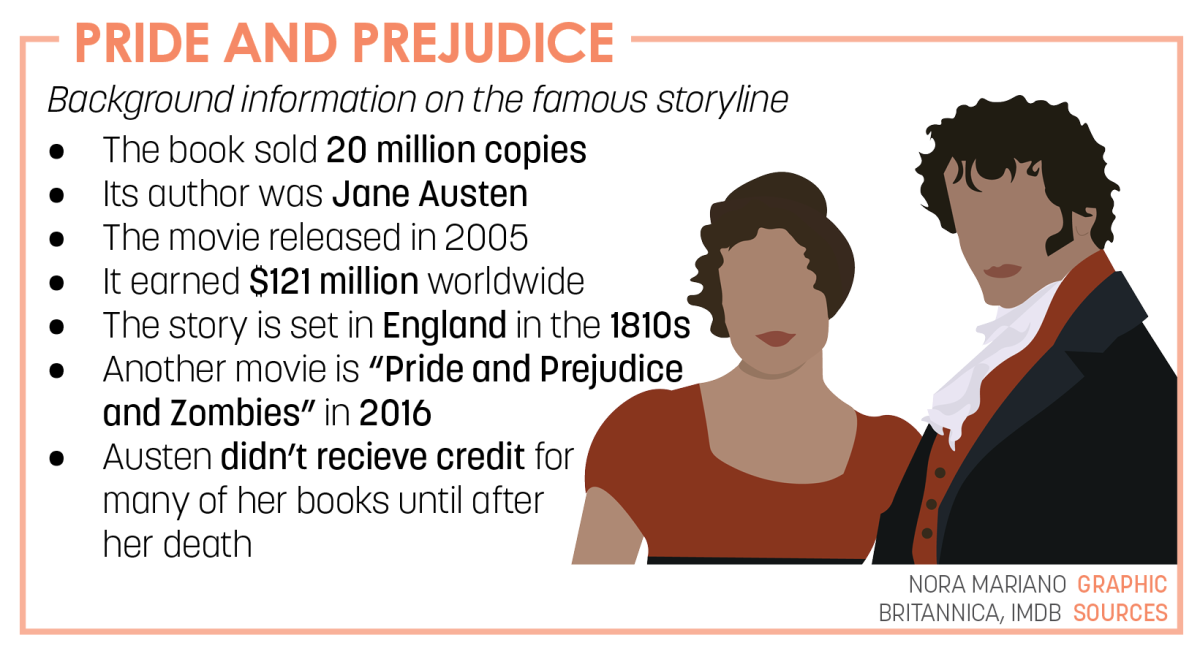
Dykes did say that one accurate way sister fights are shown are through fights over clothes.
“One [fight] that’s accurate is fighting over clothes, that is definitely an accurate one, even though it’s not really a big fight, it’s definitely something that happens.”
Anna said that the key to writing fights between siblings is to give them a legitimate grievance with each other.
“Best tip for writing a relationship that starts off negatively but progresses – give them a good reason not to get along, a deep-rooted one. It’s exactly why you should know their family backstory, and their place in the family. What could have happened that put them at odds? Usually, it’s the same pattern that repeats – like a parent putting one specific child before the others,” Anna said. “This way, you can use the source of tension over and over, and really make the characters work to get through it.”
Anna also said that avoiding common tropes is a good way to write good siblings relationships.
“(One common mistake when writing siblings is) probably not including the sibling enough, but using them as a crutch instead. It’s similar to the ‘useless best friend trope’, where that space simply needs to be filled and it ends up feeling like a character forced to exist for the sake of the protagonist having someone to bounce off of. That’s when these relationships fall flat and fail at being realistic.
However, Cain said that one accurate sisterly stereotype she’s seen on TV is where the older sibling acts as a chauffeur for the younger siblings.
“I honestly kinda relate [to older sisters in TV shows] because like, I don’t wanna be mean to younger siblings, but like my sister can be like that annoying like sister you see on TV sometimes and I’m like the one taking her around, and driving her and her friends everywhere, I feel like that part is really accurate,” Cain said, “and then like I’m more responsible than her which is also kind of stereotypical, but it’s true.”
However, Dykes does feel that sisterly relationships seen in media about different time periods can still be accurate reflections of modern-day sisters. “’Anne with an E’ [is a period piece that accurately reflects sisters], even though it is more about friendships, but I can see the sisterhood in that, how in any time in history, I think that sisters just have a stronger bond than a sister and brother, or brothers. Just that girlhood aspect and going through life together is really so special.” — Lyndsey Dykes
Dykes also said there are many stereotypes about sisters seen on TV that she doesn’t feel reflect true sisterly bonds.
“[The stereotype seen in] “Cinderella,” the stepsisters are not accurate at all, just the pure hatred they felt, I do not feel like that at all towards my sister,” Dykes said.
Anna said that writing historical-based siblings that are still relatable to modern-day readers is all about balancing a historical vocabulary with realistic dialogue.
“You would most definitely need to do some research if you were writing historical fiction to make sure the vocabulary you’re using fits the era, but the dialogue can still be very relatable to modern readers,” Anna said. “Think about Little Women; you understand and feel for the sisters despite the fact that they speak a little differently than we do.”










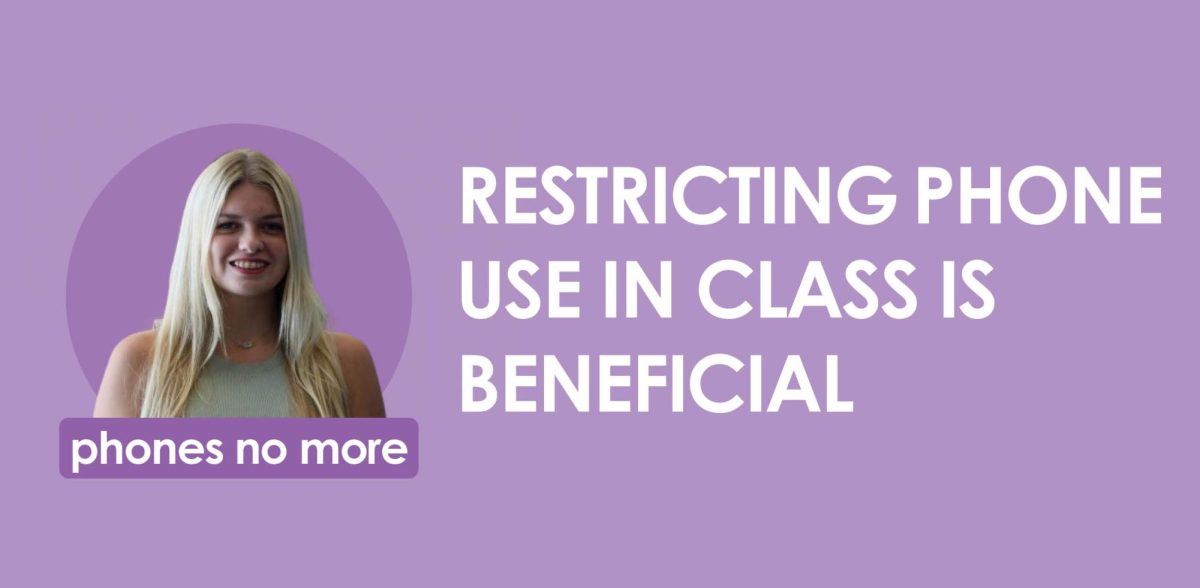
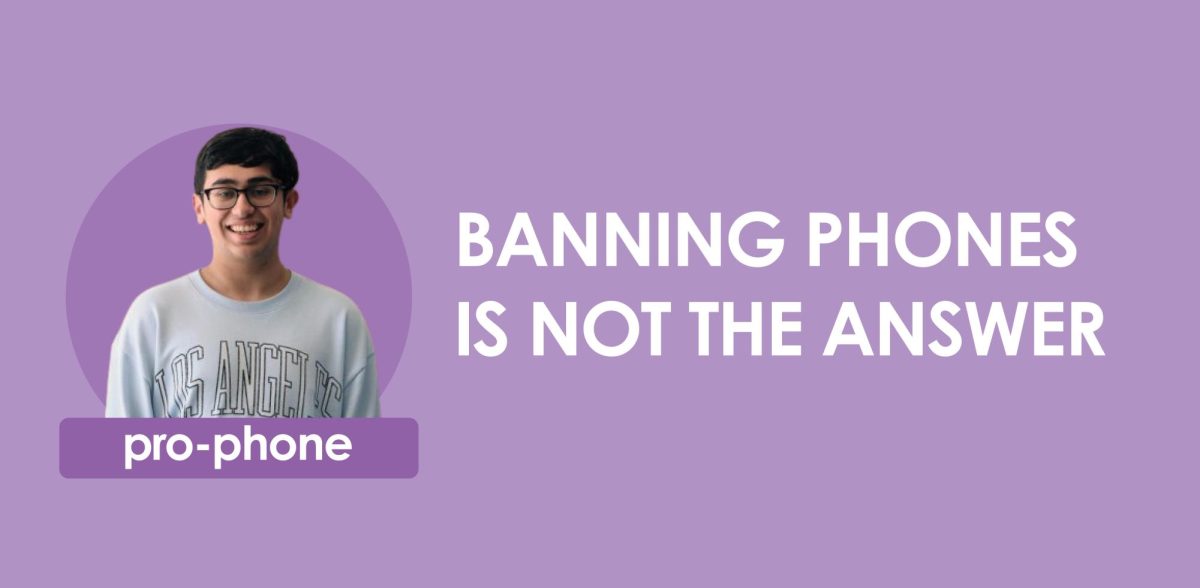
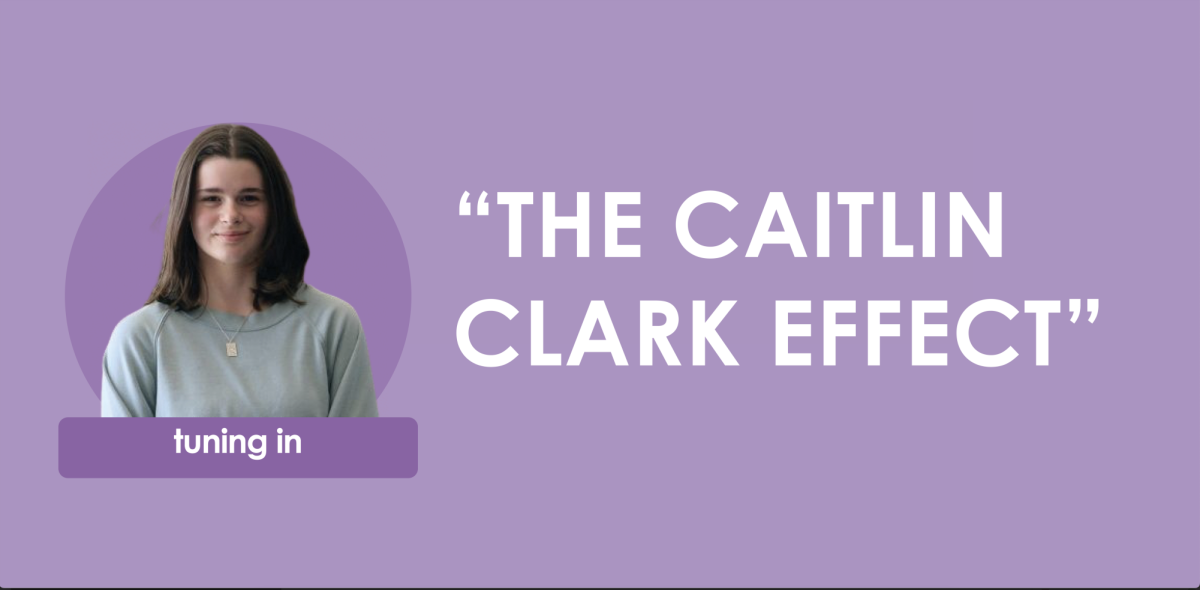


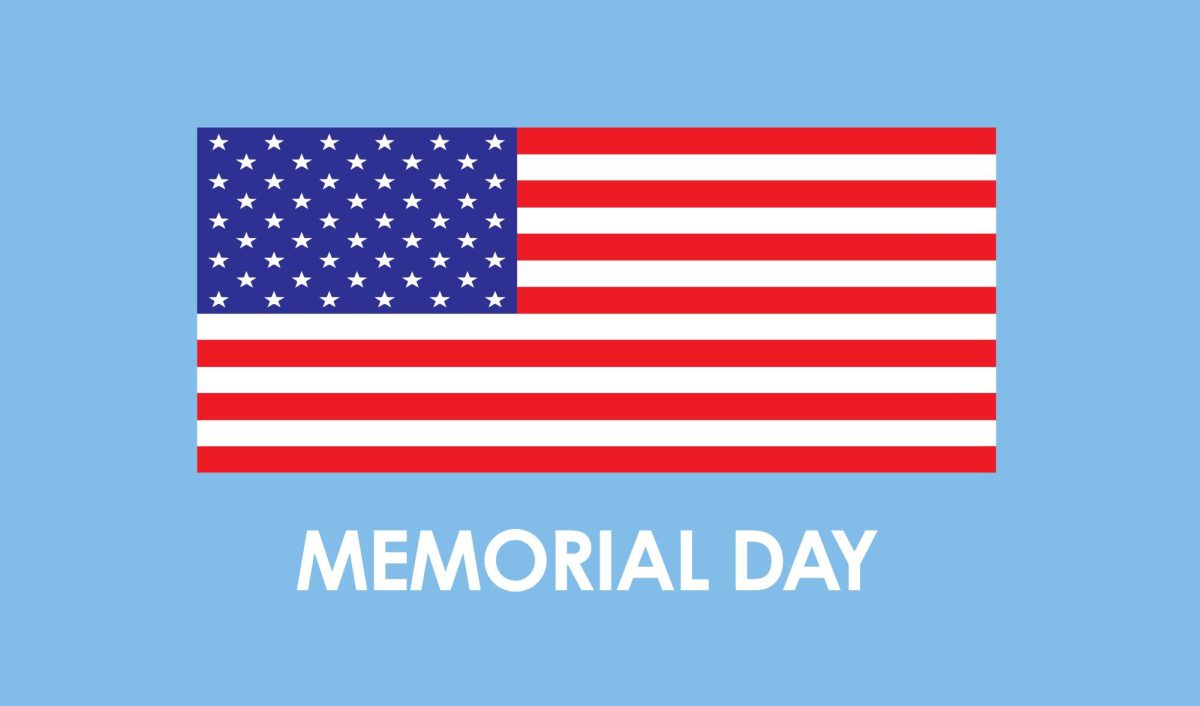

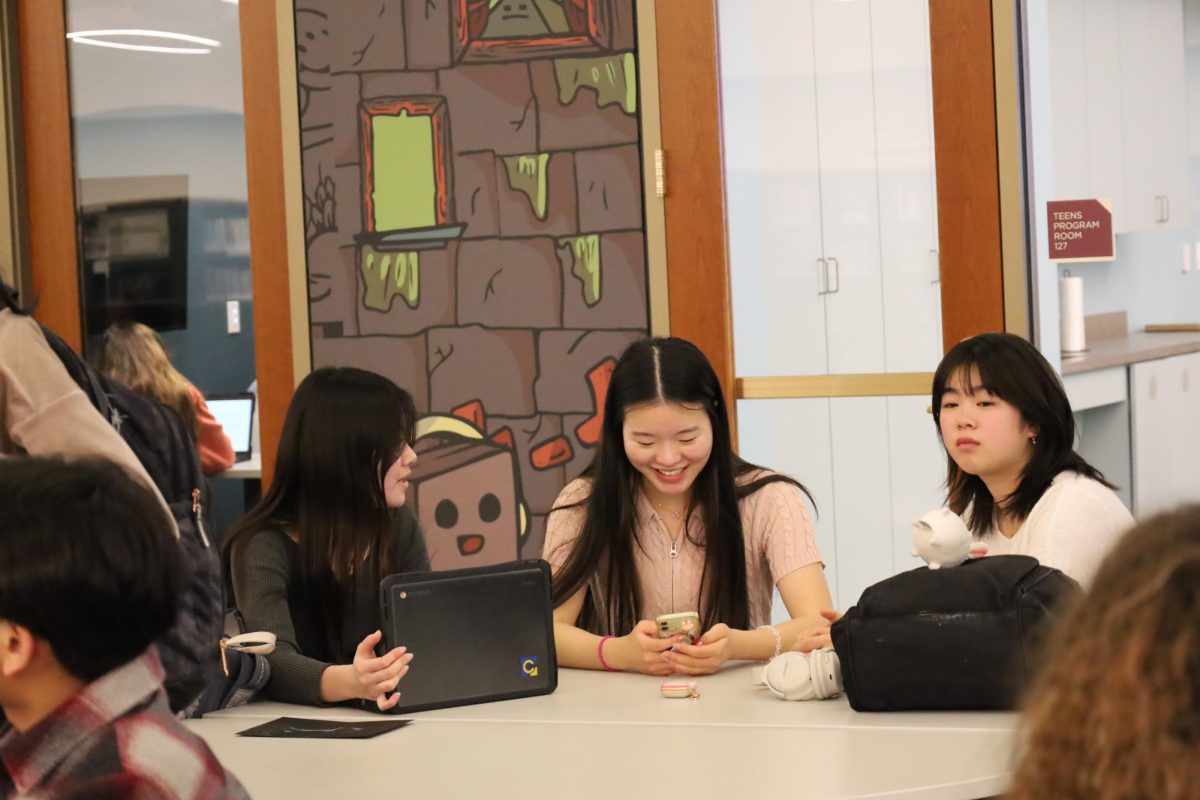
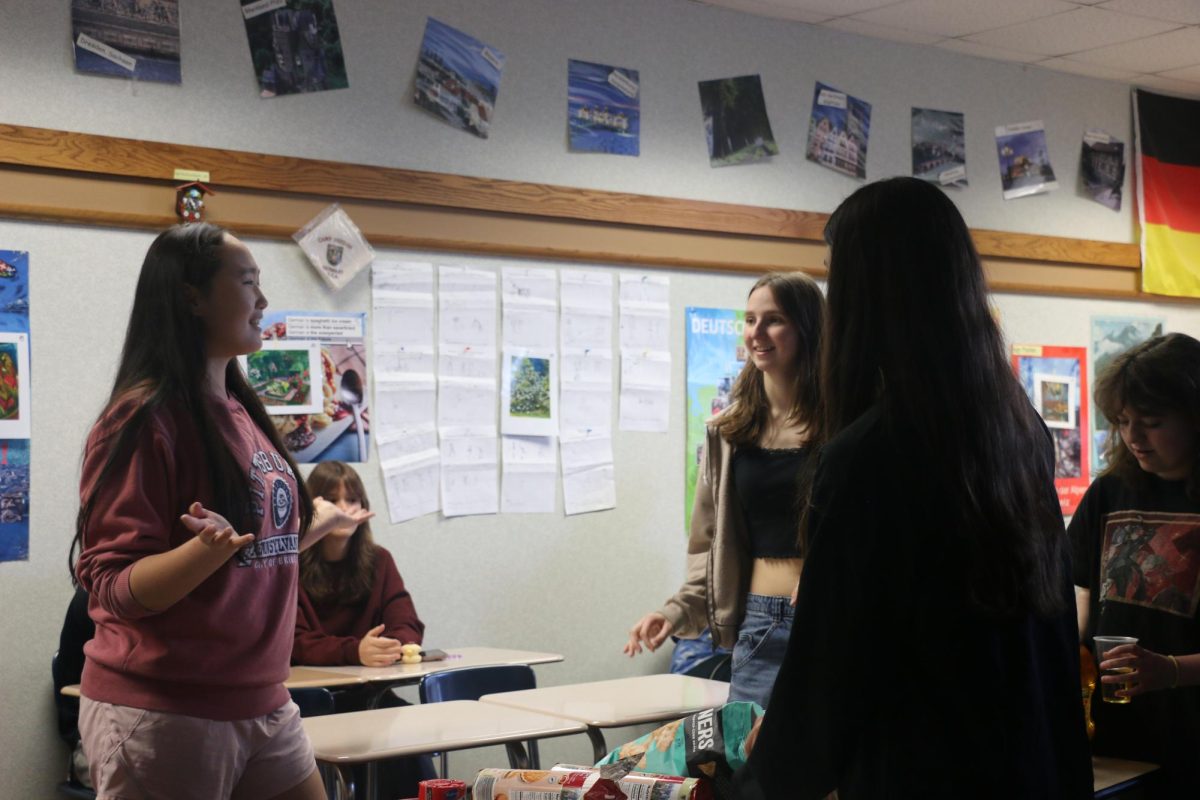

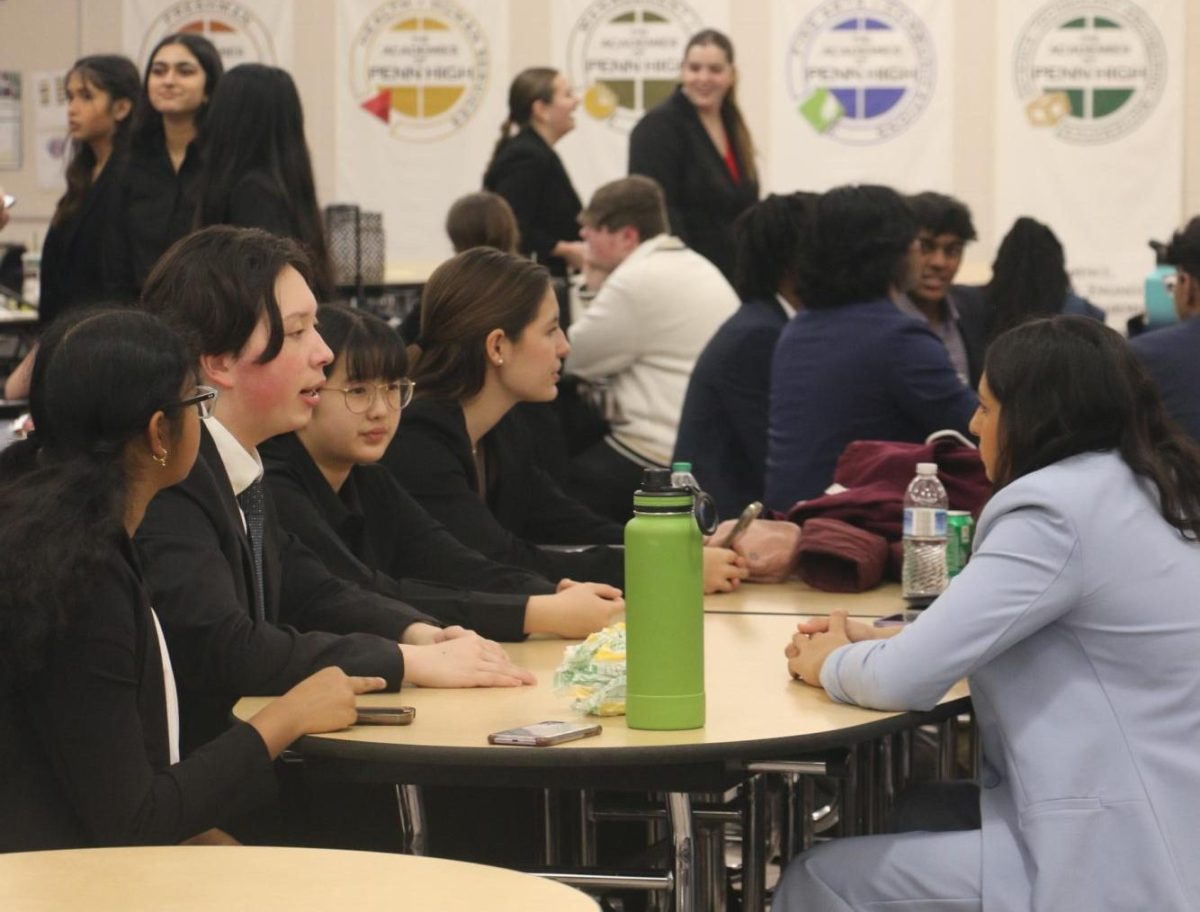
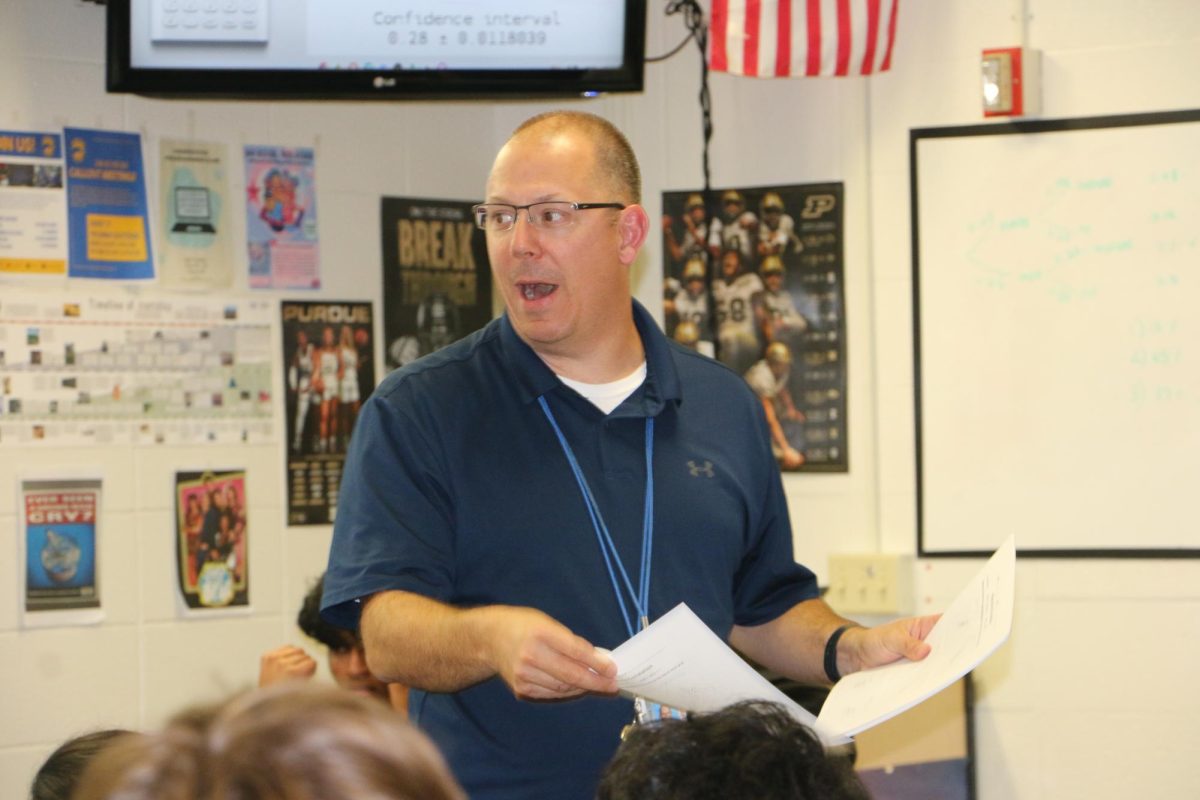



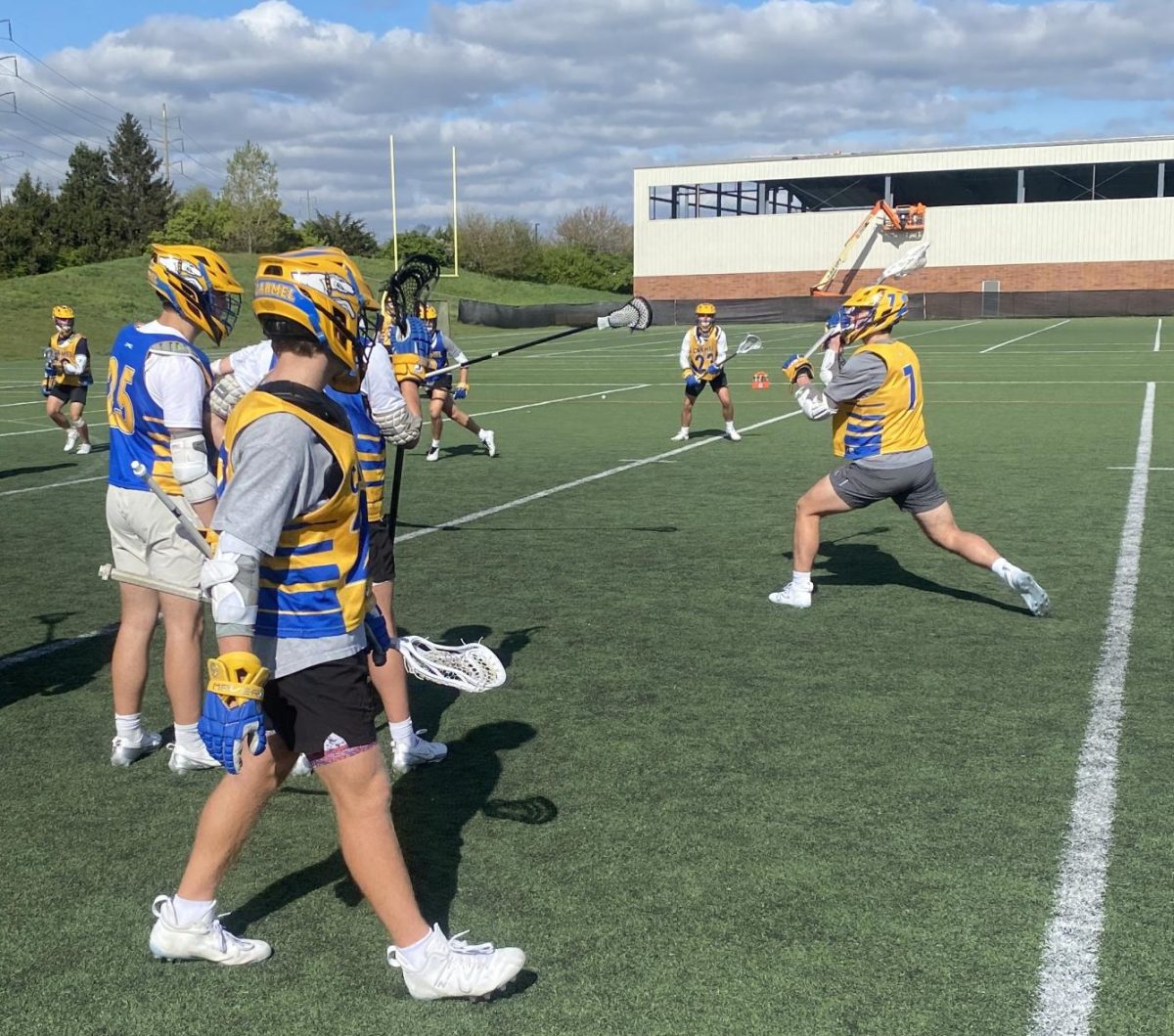




![Family vlogger controversy, need for content reform [opinion]](https://hilite.org/wp-content/uploads/2024/05/Screenshot-2024-05-14-11.33.37-AM-1200x465.png)
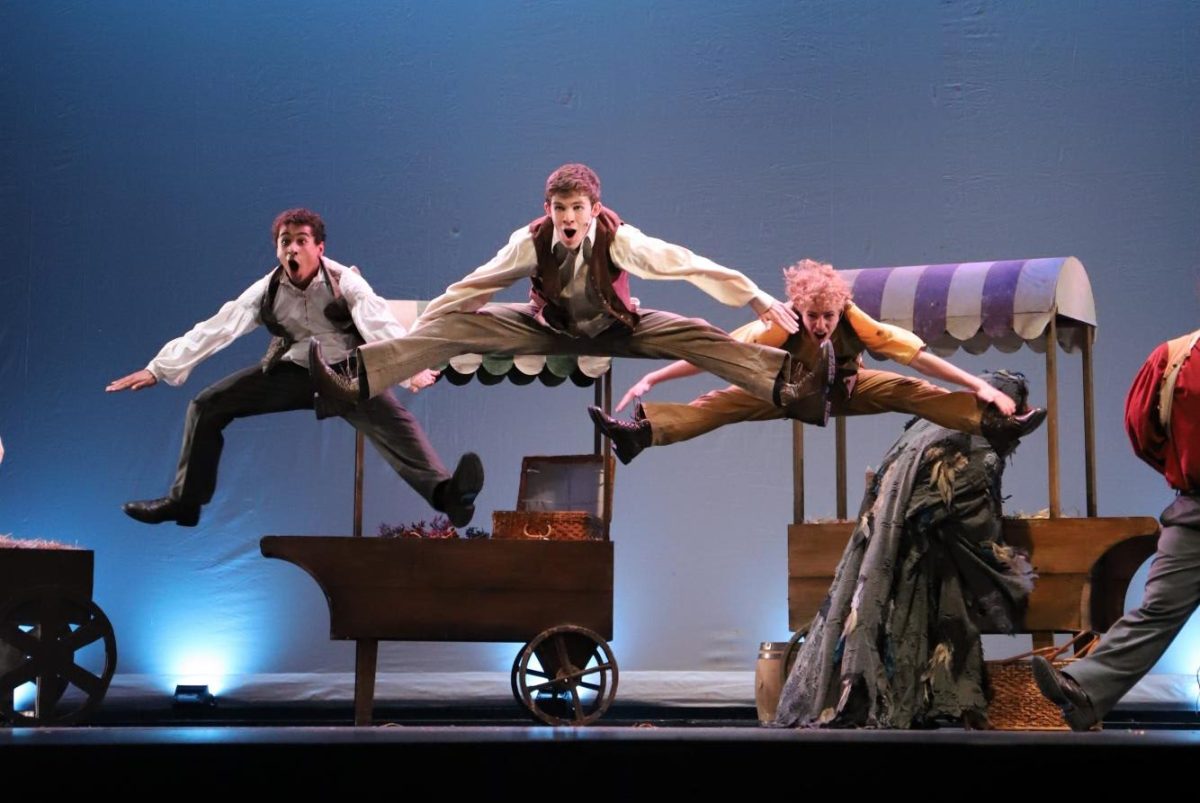




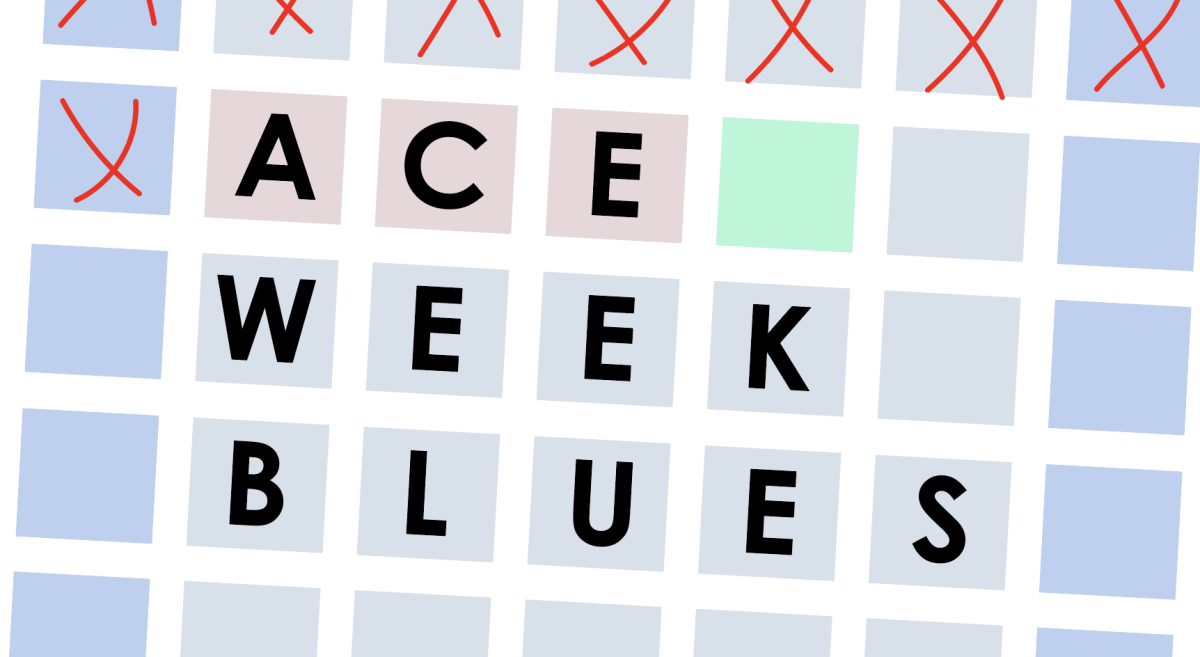
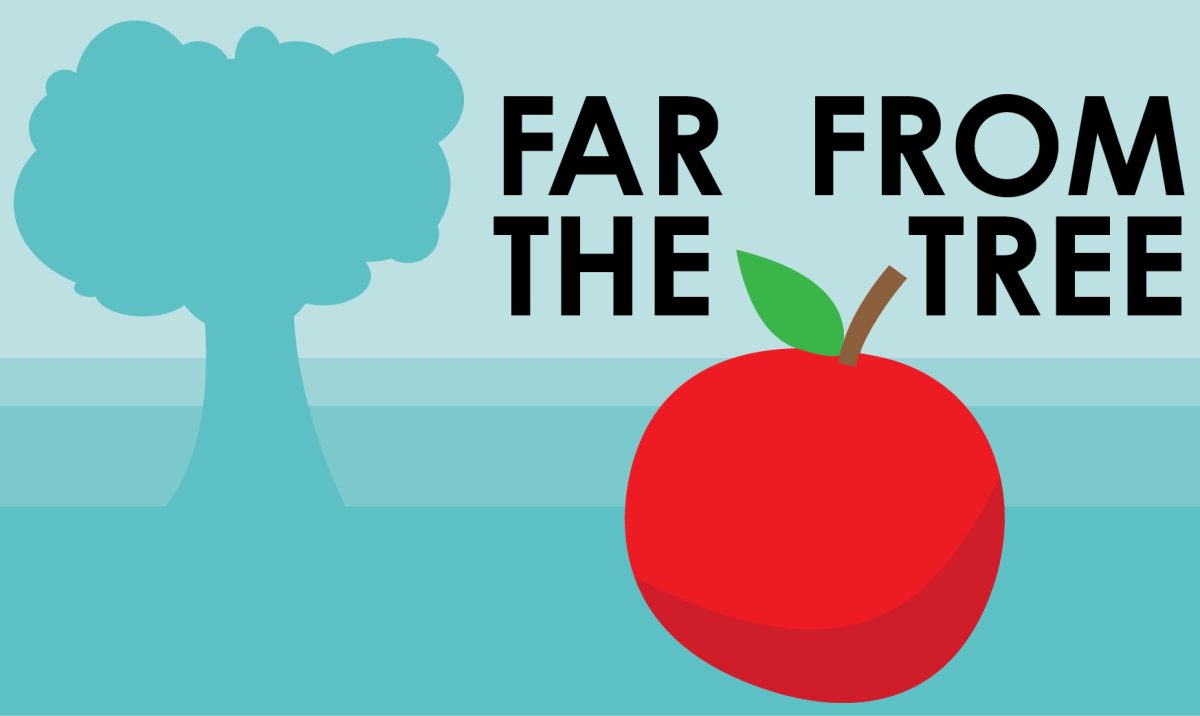
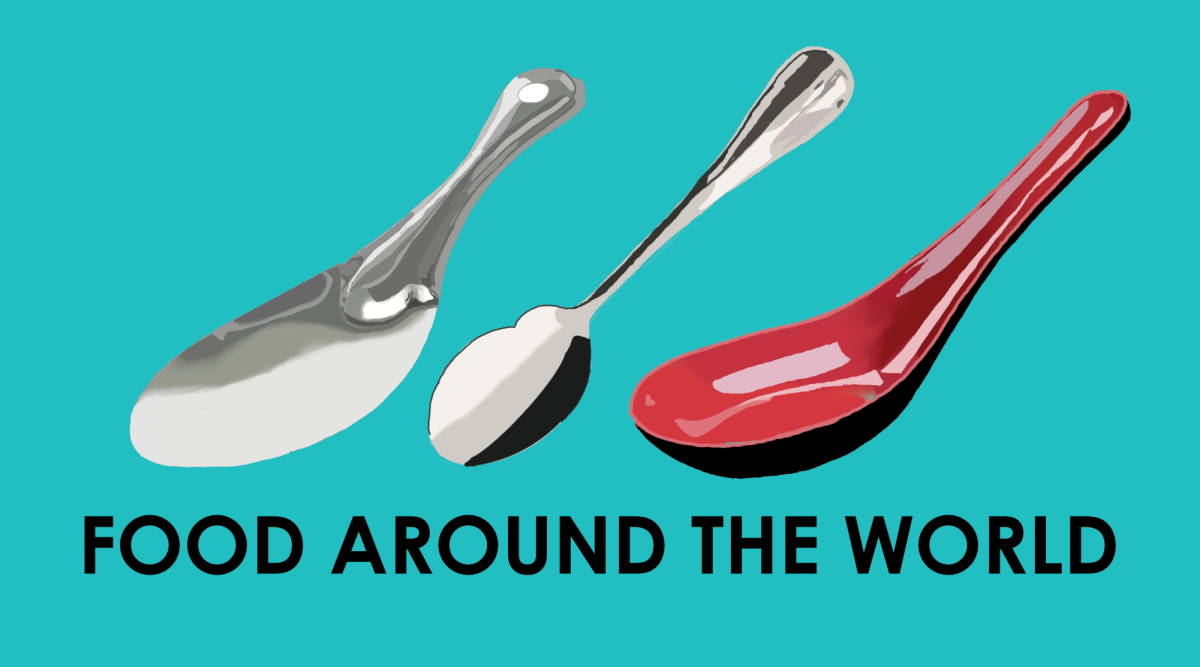
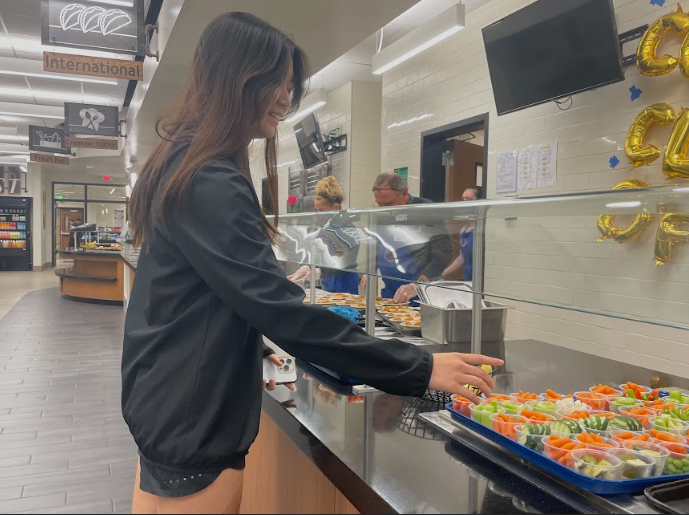
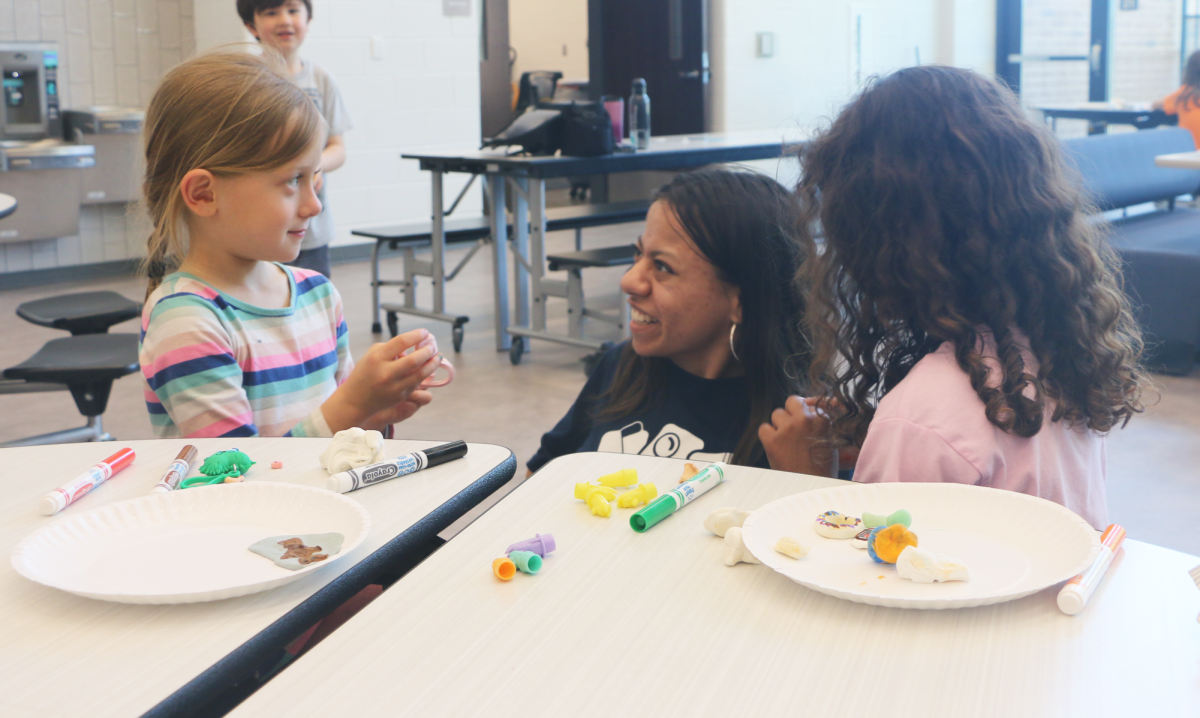















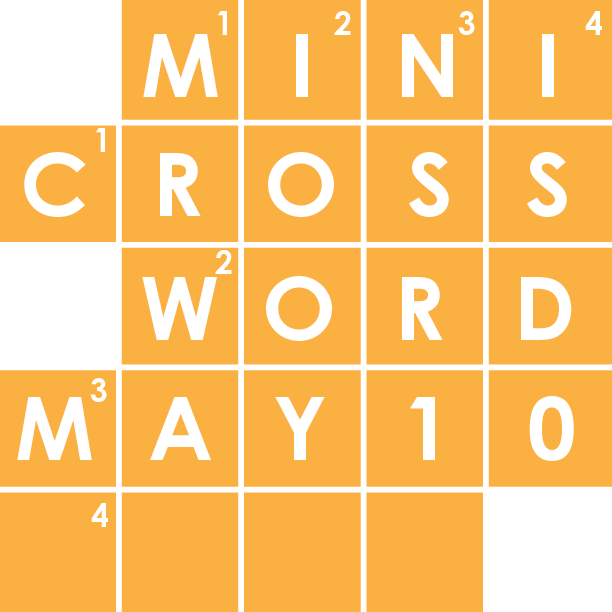

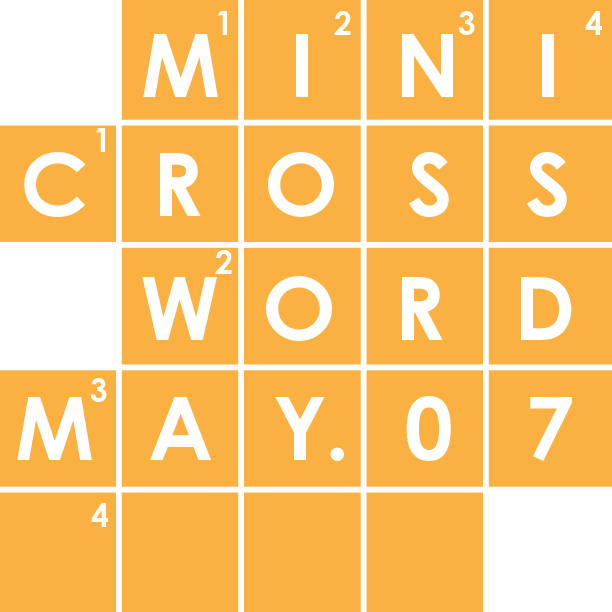
![Review: Taylor Swift’s new album The Tortured Poets Department is not her best work but is still a brilliant album [MUSE]](https://hilite.org/wp-content/uploads/2024/05/The-Anthology_Cover-1200x675.webp)
![Review: Challengers does it all [MUSE]](https://hilite.org/wp-content/uploads/2024/05/challengers-poster-1200x600.png)
![Review: A House of Flame and Shadow by Sarah J. Maas was a disappointing read [MUSE]](https://hilite.org/wp-content/uploads/2024/05/house-of-flame-and-shadow-feature.png)
![Review: Conan Gray’s new album, “Found Heaven”, is a refreshing twist on modern music [MUSE]](https://hilite.org/wp-content/uploads/2024/05/Screenshot-2023-10-31-at-16.01.05.webp)
![Review: “Bodies, Bodies, Bodies” is the quintessential Gen-Z movie [MUSE]](https://hilite.org/wp-content/uploads/2024/05/Screenshot-2024-05-15-140618.png)
![Review in Print: Maripaz Villar brings a delightfully unique style to the world of WEBTOON [MUSE]](https://hilite.org/wp-content/uploads/2023/12/maripazcover-1200x960.jpg)
![Review: “The Sword of Kaigen” is a masterpiece [MUSE]](https://hilite.org/wp-content/uploads/2023/11/Screenshot-2023-11-26-201051.png)
![Review: Gateron Oil Kings, great linear switches, okay price [MUSE]](https://hilite.org/wp-content/uploads/2023/11/Screenshot-2023-11-26-200553.png)
![Review: “A Haunting in Venice” is a significant improvement from other Agatha Christie adaptations [MUSE]](https://hilite.org/wp-content/uploads/2023/11/e7ee2938a6d422669771bce6d8088521.jpg)
![Review: A Thanksgiving story from elementary school, still just as interesting [MUSE]](https://hilite.org/wp-content/uploads/2023/11/Screenshot-2023-11-26-195514-987x1200.png)
![Review: When I Fly Towards You, cute, uplifting youth drama [MUSE]](https://hilite.org/wp-content/uploads/2023/09/When-I-Fly-Towards-You-Chinese-drama.png)
![Postcards from Muse: Hawaii Travel Diary [MUSE]](https://hilite.org/wp-content/uploads/2023/09/My-project-1-1200x1200.jpg)
![Review: Ladybug & Cat Noir: The Movie, departure from original show [MUSE]](https://hilite.org/wp-content/uploads/2023/09/Ladybug__Cat_Noir_-_The_Movie_poster.jpg)
![Review in Print: Hidden Love is the cute, uplifting drama everyone needs [MUSE]](https://hilite.org/wp-content/uploads/2023/09/hiddenlovecover-e1693597208225-1030x1200.png)
![Review in Print: Heartstopper is the heartwarming queer romance we all need [MUSE]](https://hilite.org/wp-content/uploads/2023/08/museheartstoppercover-1200x654.png)











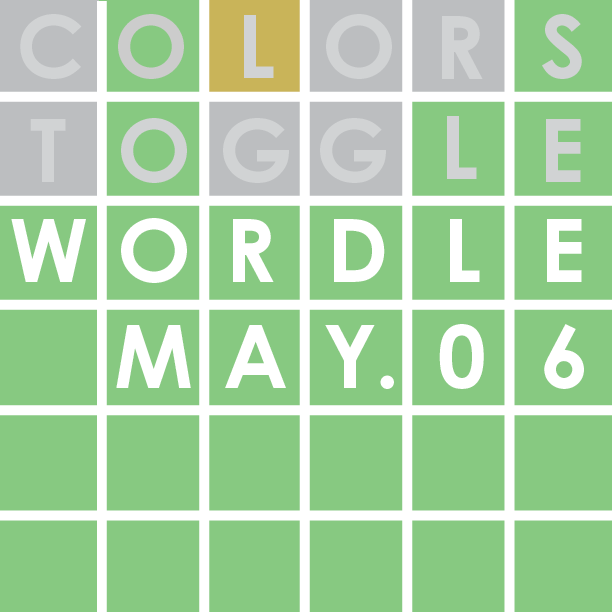

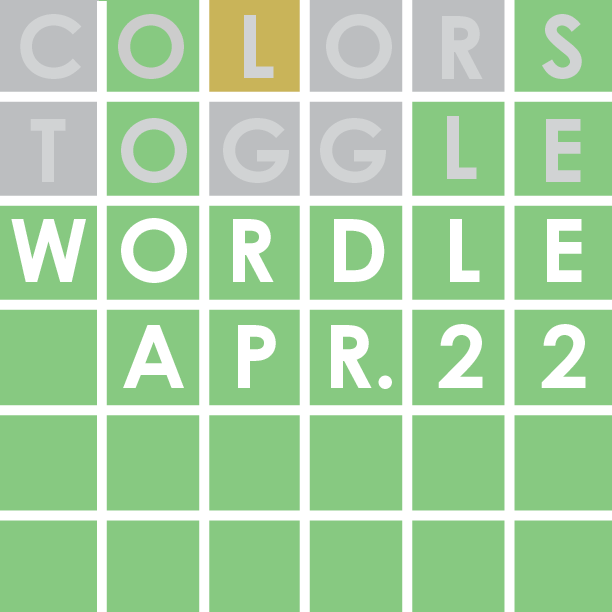

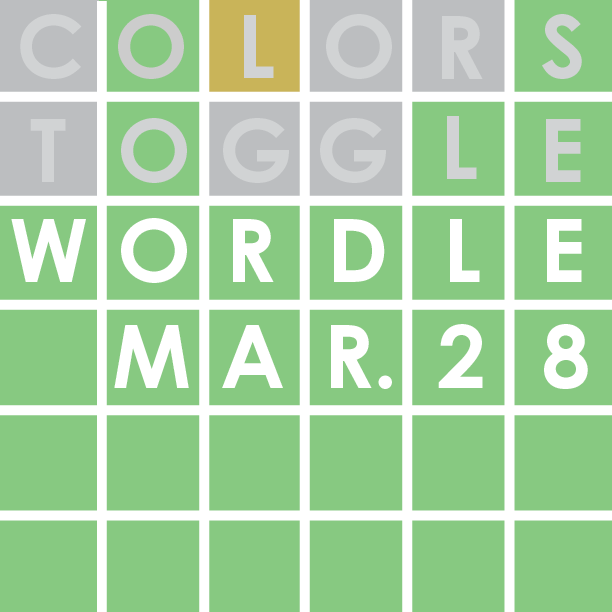






![Review: “Ginny & Georgia” is a dramatic and poorly made emotional rollercoaster–and I loved it anyway [MUSE]](https://hilite.org/wp-content/uploads/2024/03/ginny-and-georgia-season2-main-be37bbb9487a41e88b3f66c3baacd5c3-300x177.jpg)
![Review: Witch Hat Atelier is a masterpiece in art and world-building, but the story has only begun [MUSE]](https://hilite.org/wp-content/uploads/2024/01/unnamed-211x300.png)
![Review: “Mysterious Lotus Casebook” is an amazing historical Chinese drama [MUSE]](https://hilite.org/wp-content/uploads/2024/03/0-300x170.webp)
![Review: “A Little Life” by Hanya Yanagihara is the epitome of a heartwrenching masterpiece [MUSE]](https://hilite.org/wp-content/uploads/2024/01/unnamed-5-300x200.png)



